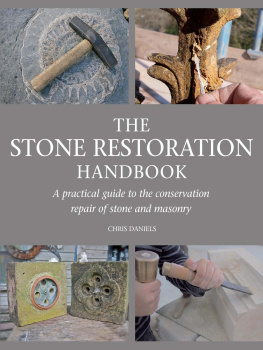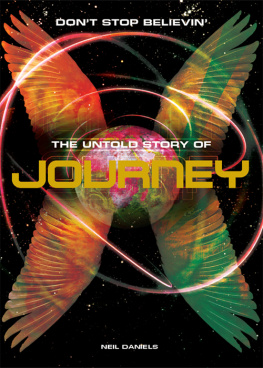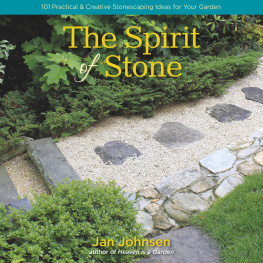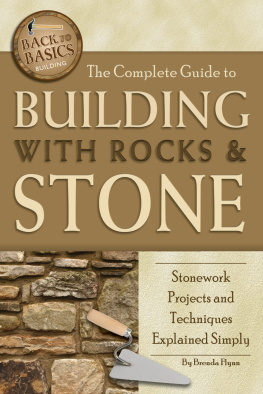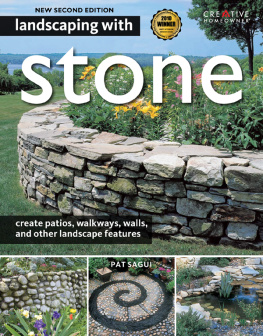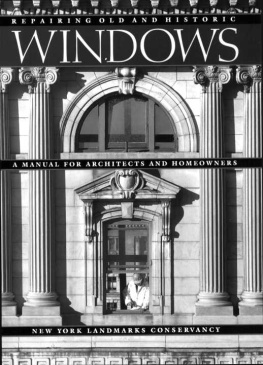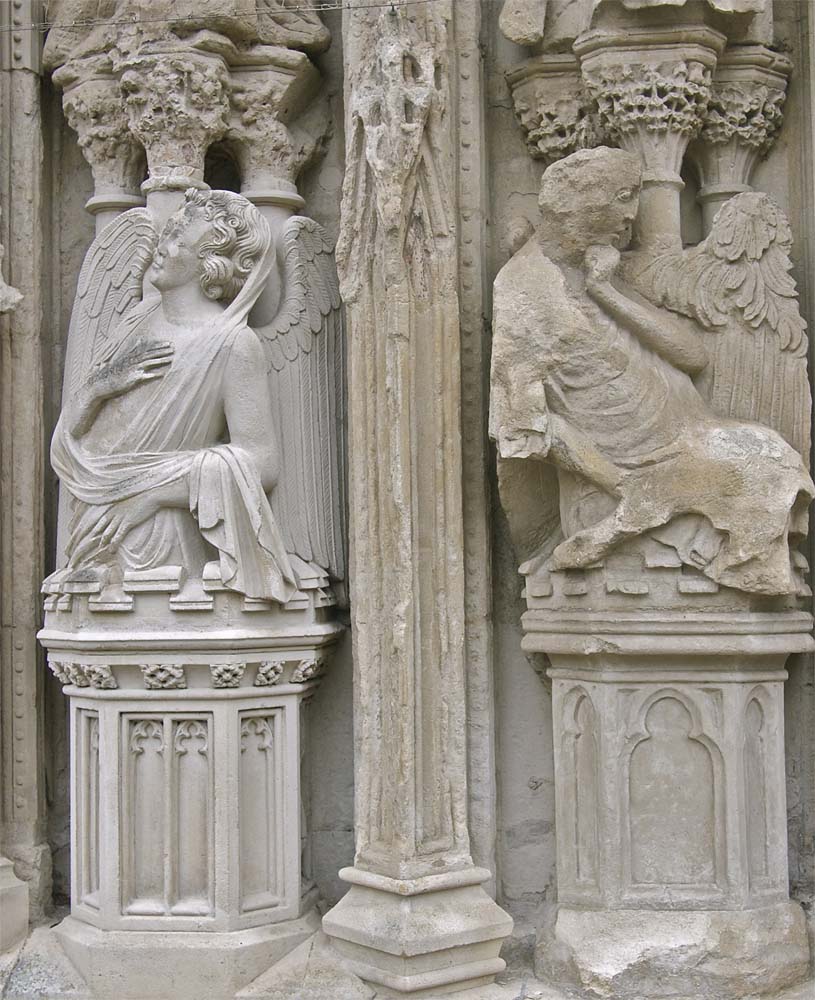
THE
STONE RESTORATION
HANDBOOK
A practical guide to the conservation repair of stone and masonry
CHRIS DANIELS

First published in 2015 by
The Crowood Press Ltd
Ramsbury, Marlborough
Wiltshire SN8 2HR
www.crowood.com
This e-book published 2015
Chris Daniels 2015
All rights reserved. No part of this publication may be reproduced or transmitted in any form or by any means, electronic or mechanical, including photocopy, recording, or any information storage and retrieval system, without permission in writing from the publishers.
British Library Cataloguing-in-Publication Data
A catalogue record for this book is available from the British Library.
ISBN 978 1 84797 908 7
Acknowledgements
Thanks for help and support are given to Blossom, Lily, Rudi and Cadhla; Antony Hank Denman; Richard Mortimer, David Good and students at Weymouth College; Ian Constantinides; Niall Finneran; Andrew Whittle, Ian Burgess and all other colleagues and past students.
CONTENTS
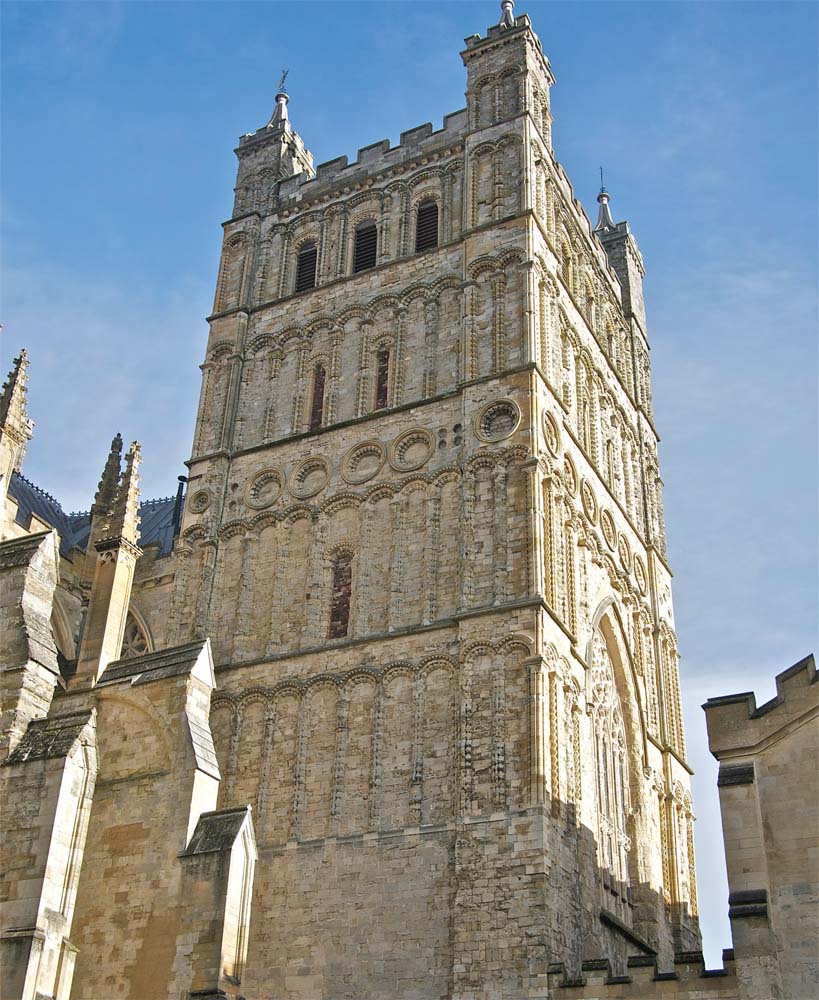
Exeter Cathedral, Devon. Built in 1153, this is a major Gothic cathedral that, like most buildings of this style and period, needs consistent maintenance and repair. This is where the skills of the conservator and stonemason become one.
INTRODUCTION
Therefore when we build, let us think that we build for ever. Let it not be for present delight, nor for present use alone. Let it be such work as our descendants will thank us for, and let us think, as we lay stone on stone, that the time is to come when those stones will be held sacred because our hands have touched them, and that men will say as they look upon the labour and wrought substance of them, See! This our fathers did for us. (John Ruskin)
Welcome. This is a book intended to give an introduction to the practical processes for the repair and conservation of stonework, covering techniques and application in the workshop and on site; it will also be useful to those involved in the commissioning and administrating work of this nature. Artisan will be the term used for the person this book concerns itself with; my demand of you, the reader, is that you have an enquiring mind, an ability to learn and are willing to explore. The thread running through all the chapters will be the encouragement to enjoy and appreciate this work and objectives, in all their qualities and uniqueness. Complementing this will be an emphasis on the correct attitude to this work; the successful preservation of our built heritage is a task of such significance that, if you are not the masonry equivalent of a tree-hugger, then it may not be the career for you. Good luck with whatever you wish to do, or, better still, read this book, get excited, get involved, and perhaps join our ranks.
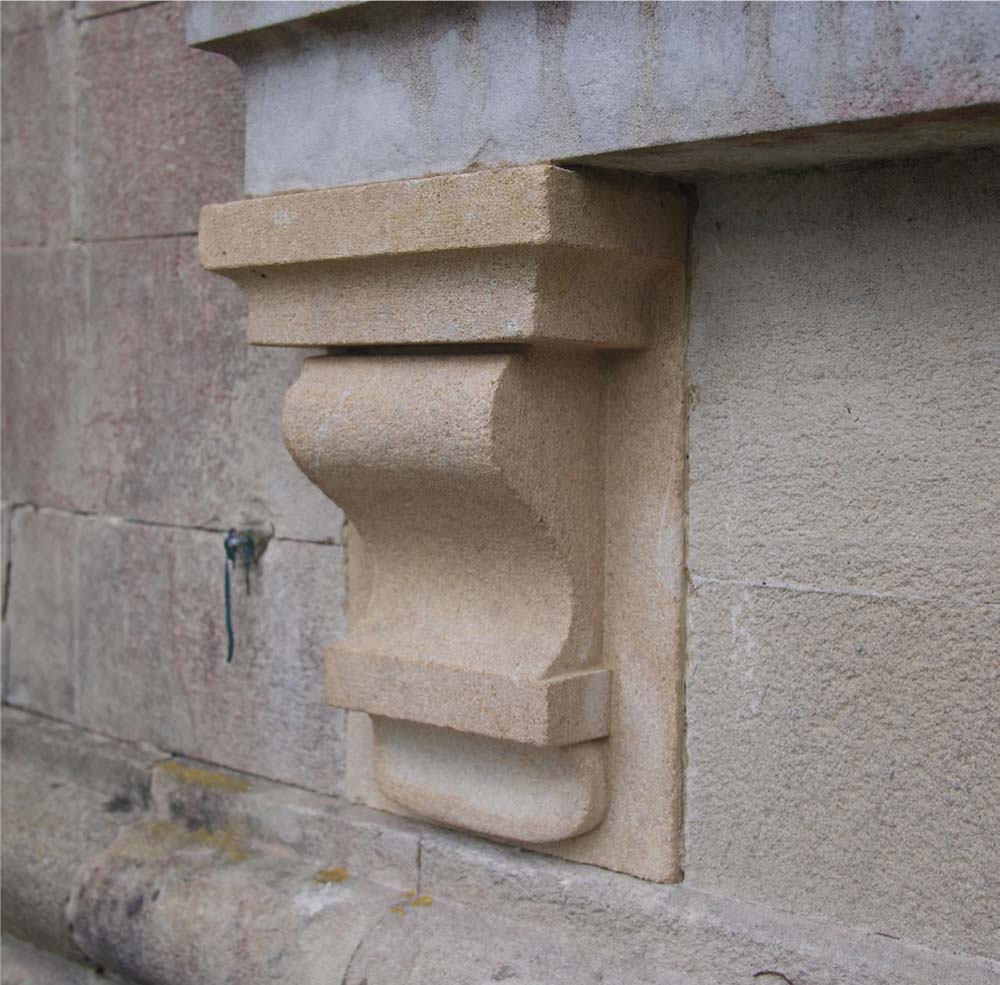
This replacement bracket in Bathstone involves a combination of topics covered in this book: bad practice the building had been covered with a stone sealer to prevent damp, subsequently making the problem worse; decay where the trapped salts have destroyed the stone and fabric as well as allowing moisture to be held in the fabric; stonemasonry -needed to work the replacement to match the original; fixing skill to put it in; lime for the mortar work and grouting of the core; and casting copies were made in cast lime to put in as sacrificial units that would draw out the moisture.
The Essential Human Toolkit
We are all imbued with basically the same learning facilities and have evolved brains that can control our hands to perform wondrous feats far beyond the requirements of rudimentary DIY. If you want to do something badly enough, you can acquire the skills to do it. So the first thing to be pulled out of the toolkit is attitude. With a positive attitude, the work, no matter how insignificant, becomes part of your life. To be able to do things that enhance, prolong and beautify the environment we live in is profoundly human and leads on to the next attribute pride. We are not talking about sin here, rather the warm satisfaction in looking at what you have done, feeling that it was the best work you could produce and reckoning that it has been done correctly.
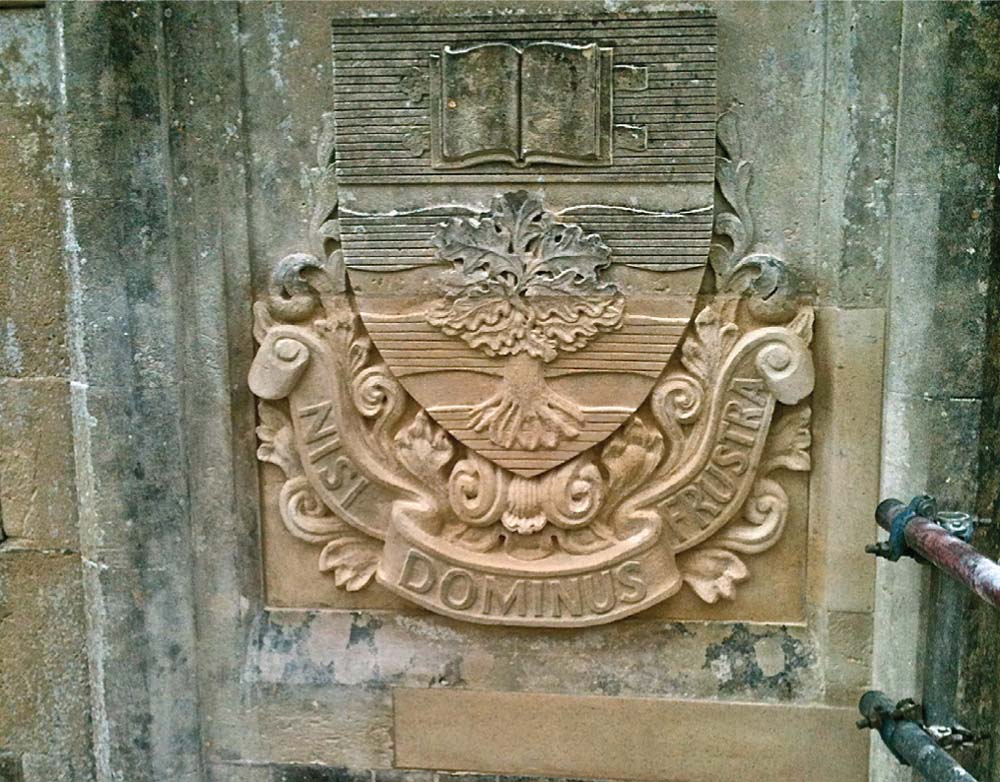
New bottom half of a heraldic shield, pieced in to replace the decayed section. Although the original was wholly made from the same stone at the same time, it shows that there can be extremes of performance from what would, technically, be described as the same material. (Photo: Harry Jonas)
For those new to the use of tools, there will be the basic outlines for handling and using them. Rest assured that it is relatively easy and yet pleasantly satisfying to be dexterous in the use of your equipment. Just take care, practise in safety and if in doubt ask; most artisans are happy to help in the acquisition of skills by interested people, so knock on workshop doors and engage in conversation on site.
Added Interest
Throughout this book are photographs drawn from a variety of projects, many included to add another aspect beyond just the topic of the text. I hope they will begin to illustrate for you some of the range that can be found in work like this. Where there is little to illustrate in the text, interesting pictures will be shown that have some connection with what is being talked about. They will also demonstrate that many of the topics in the chapters are interrelated; in this work it is important to take a holistic view of issues and realize they cannot be categorized simply as having one thread. I have been practising this work for almost three decades now and have not had a single job that has not introduced new aspects, required novel solutions or needed the ability to adapt the technologies available.
The route to successful practice in this area of conservation work is not easily defined, for it is a mlange of many studies: architecture, art, history, science, technology and research, coupled with practical skills that, personally, range from welding and metal fabrication, through stonemasonry, sculpting, carpentry (not joinery though!), brickwork, plastering and mould making, to engineering and mechanics. Though this array may seem formidable, it is well within the grasp of most intelligent adults who find learning enjoyable and have the correct attitude for acquisition of new talents.
It would be nice to be able to decide on a proper definition for the work covered here, or for any practical work to the built heritage, and for ease it is termed conservation; this term can be interpreted in many different ways, such as restoration, repair, renovation, maintenance, amongst others. The bottom line is that work carried out is appropriate to the needs of the building and its preservation; how much and to what, is up to those involved.

Sometimes complicated issues can be resolved with experience and common sense; the cleaning of delicate marble statues, rather than raising it to complex levels of chemicals and poultice, often just involves a bit of time and some warm water
Next page
